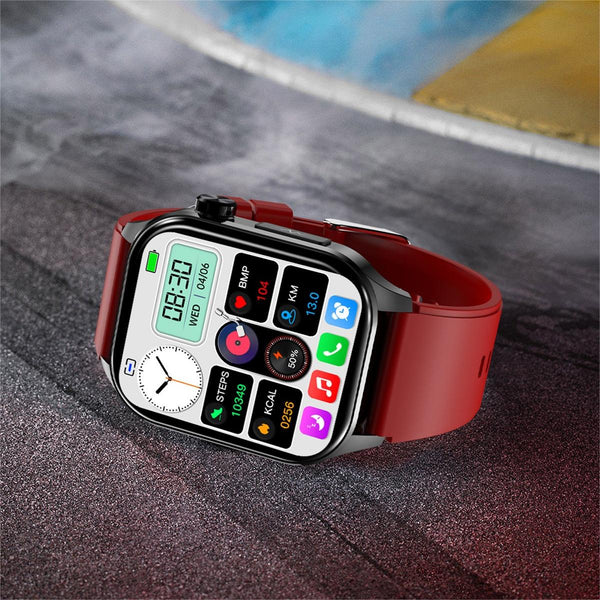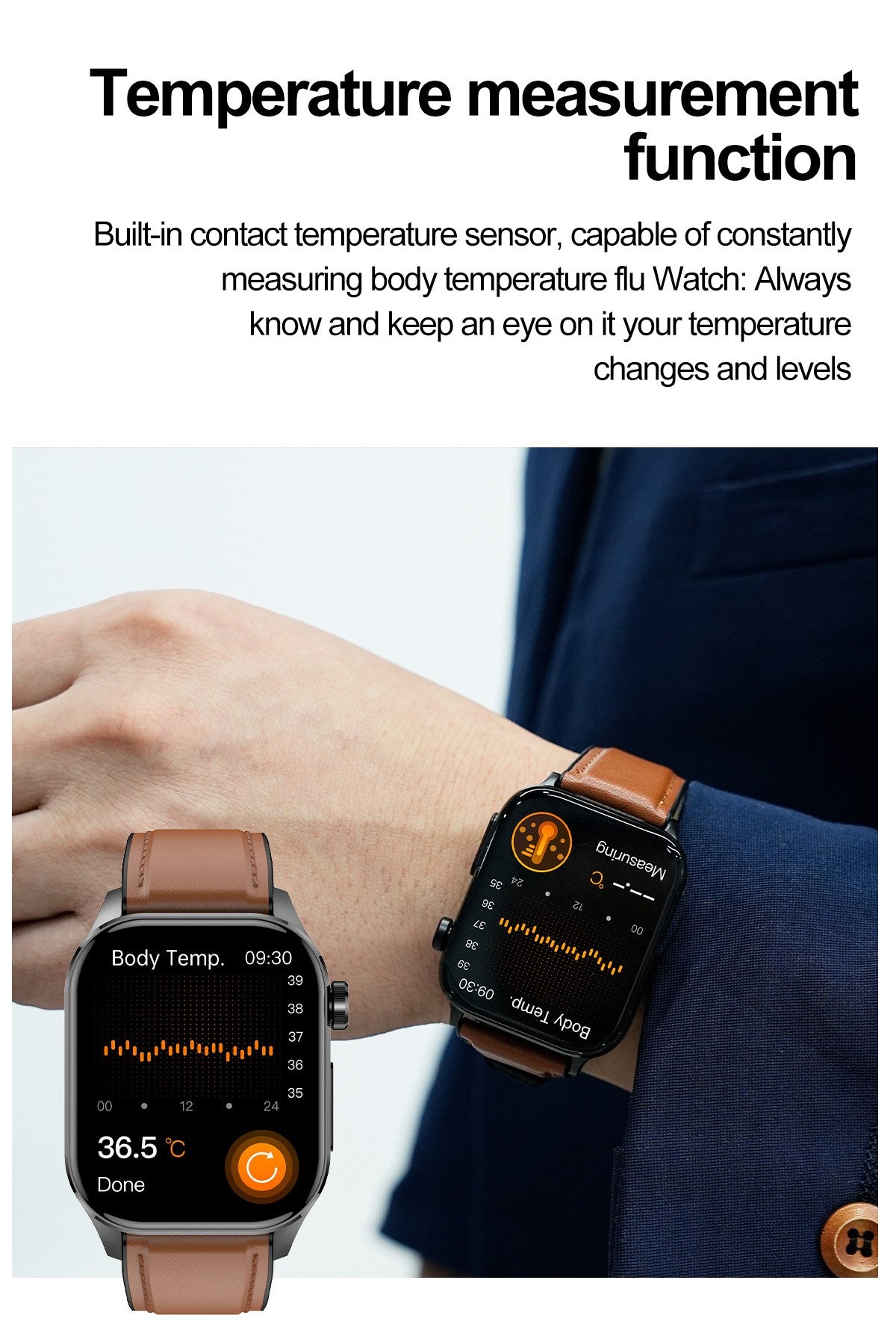Health Watch
Some people with poor blood circulation may feel extremely uncomfortable in winter. Cold hands and feet make it difficult to perform daily tasks, and the fear of touching cold objects can reduce work and study efficiency. As December is already halfway through, learning some quick warming-up techniques can help you cope with the upcoming cold weather. Here are four methods:
-
Shoulder Friction and Fist Clenching:
- For those with poor blood circulation, fingertips often become icy in cold weather, similar to being soaked in icy water. In addition to rubbing hands, you can also add fist clenching and finger spreading movements to effectively promote blood circulation. After repeating these movements several times, your fingers will feel warmer. While warming up the fingers, you can also rub and massage the shoulders. When the upper arms are warm, the entire hand will become warm due to improved blood circulation.
-
Feet Extended and Toes Stretched:
- Similar to the fingertips, the tips of the feet can feel cold and even numb in winter, affecting sleep quality in severe cases. In addition to wearing warm socks, you can perform some warming-up movements. Sit down when your feet feel cold, straighten your legs, and stretch your toes forward, keeping them tensed for about ten seconds. Then, reverse the toes, maintaining the position for another ten seconds. Repeating these movements several times will quickly warm up the soles of the feet. A more advanced movement is to extend the legs in the air, engaging core muscles, and warming up the entire body.
-
Bow and Warm-Up Technique:
- Japanese individuals who are fond of 90-degree bows have discovered that bowing deeply can quickly warm up the body. Some teachers have developed bowing slimming techniques. Simply bowing while breathing expands the diaphragm's range of motion, effectively promoting blood circulation, stimulating nerves and blood vessels around the abdomen, and exercising abdominal muscles. The action is straightforward, and bowing ten times significantly warms up the body. However, it's essential not to perform the bowing movement too quickly or vigorously to avoid straining the lower back.
-
High Knee March in Place:
- Similar to the above methods, this requires coordination with breathing and the involvement of abdominal muscles. Simply raise your knees to the abdomen and march in place, accompanied by significant hand swings, to quickly generate heat in the body. The key is to maintain stability in the core muscle groups, including the abdomen, back, and thighs, and adjust the pace based on individual physical fitness and stability. This warm-up method is not suitable for those without sufficient physical fitness and stability.
In addition to these quick warm-up techniques, regular exercise at home, such as push-ups, sit-ups, and bridges that train core muscle groups, can gradually strengthen muscles. This, in turn, leads to a constant burning of calories, providing the body with energy, and making individuals less susceptible to feeling cold.
Smartwatches with advanced fitness tracking features can complement these body warm-up routines. Imagine having a device on your wrist that not only tracks your heart rate during those workouts, but also provides insights into your overall health like body temperature, blood pressure, etc., and provides heart rate and body temperature alerts.













